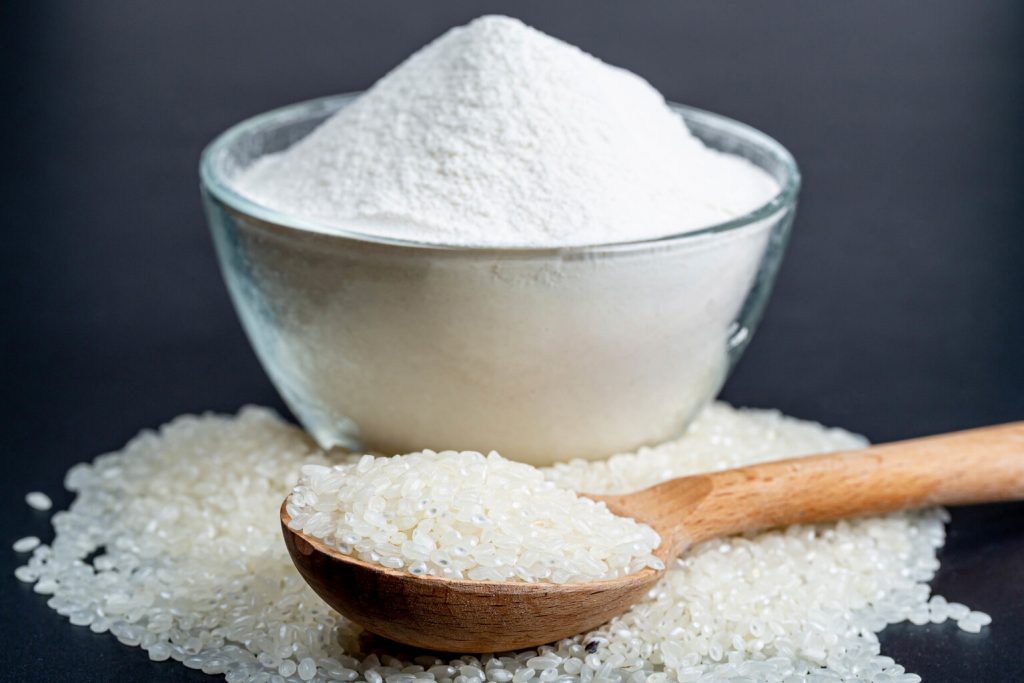Seeing Through the Color of Rice Syrup: The Dark Side of Caramel in Rice Syrup
When browsing the shelves for color of rice syrup, you might have noticed the dark, caramel-colored options. This appealing hue is often achieved through the addition of caramel color, but have you ever wondered about the impact it may have on your health? In this article, we will explore the use of caramel color in rice syrup and shed light on its potential risks, urging you to consider a natural alternative.
Added Caramel to enhance the Color of Rice Syrup
Caramel color is a widely used food coloring agent that adds a rich brown hue to various food and beverage products, including rice syrup. It provides an attractive visual appeal, giving the impression of a deeper and more flavorful syrup. However, the dark side of caramel color lies in its potential health implications.
Why Manufacturer add color to Rice Syrup
The process of creating caramel color involves heating sugar or other carbohydrates to produce a range of colors, from light yellow to deep brown. During this process, various chemical reactions occur, leading to the formation of compounds known as Advanced Glycation End Products (AGEs). These compounds have raised concerns in the scientific community due to their potential negative effects on human health.
One of the primary concerns with caramel color is its association with the formation of 4-Methylimidazole (4-MEI), a chemical compound that is a byproduct of the caramelization process. The International Agency for Research on Cancer (IARC) has classified 4-MEI as a possible human carcinogen, indicating that it has the potential to cause cancer in high doses.
While the levels of 4-MEI in food products, including rice syrup, are regulated and generally considered safe, it is important to note that chronic exposure to even low levels of 4-MEI can pose health risks. Additionally, individuals who consume products containing caramel color on a regular basis may accumulate higher levels of 4-MEI over time.
Choosing a natural alternative, such as our 100% natural rice syrup, ensures that you can enjoy the sweetness of rice without the potential risks associated with caramel color. Our rice syrup is free from any artificial colors, including caramel color, allowing you to experience the true natural essence of rice without compromising your health.
When it comes to food products, transparency is key. We believe in providing our customers with complete information about our rice syrup, ensuring that they can make informed decisions. Our commitment to natural and additive-free products extends to every aspect of our production process, including the absence of caramel color.
By opting for our natural Color of rice syrup, you not only avoid the potential health risks associated with caramel color, but you also support a product that is closer to its true, unadulterated form. The purity and authenticity of our rice syrup shine through, giving you a guilt-free option that can be enjoyed with peace of mind.
Conclusion
In conclusion, it is essential to be aware of the potential risks associated with caramel color in rice syrup. By choosing a natural alternative like our 100% natural rice syrup, you can embrace a healthier choice without compromising on flavor or quality. Say goodbye to the dark side of caramel color and savor the pure sweetness of rice with our additive-free rice syrup.




